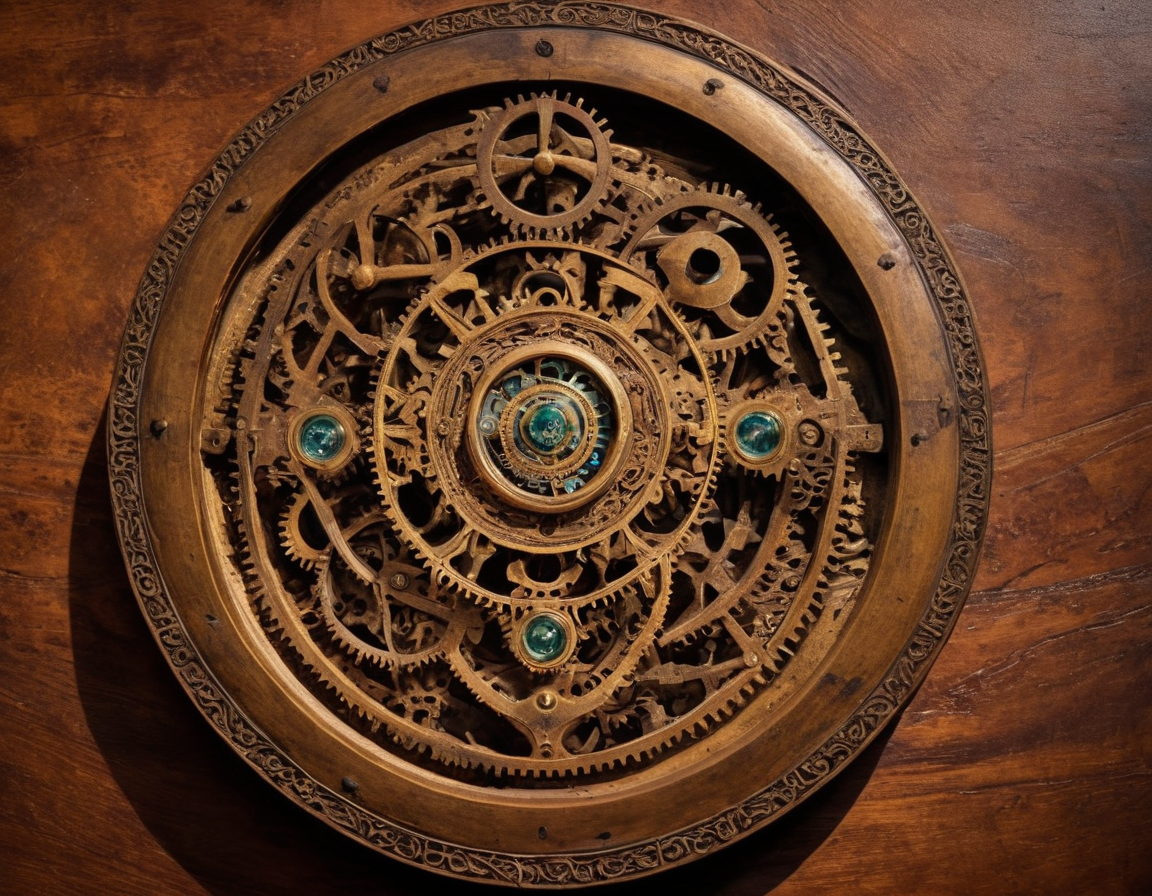Unveiling the Mysteries of the Antikythera Mechanism: Humanity’s First Computer
Discovering the Antikythera Mechanism: An Ancient Marvel
The Antikythera Mechanism is one of the most astonishing archeological discoveries, shedding light on the advanced engineering of the ancient Greeks. Discovered in 1901 among shipwreck relics off the coast of Antikythera, this device has puzzled scholars for years. What is it, and why is it often referred to as the world’s first computer? Let’s dive into the past to unveil its secrets.
The Discovery of the Century
At the dawn of the 20th century, divers stumbled upon a shipwreck that dated back to the 1st or 2nd century BCE. Amongst the findings was a corroded bronze artifact that initially didn’t garner much attention. However, upon closer inspection, it revealed its complexity through a series of gears and inscriptions. This marvel, now known as the Antikythera Mechanism, has been the subject of intrigue ever since. 
A Glimpse into Hellenistic Engineering
It took decades of study and the evolution of imaging technologies for researchers to comprehend the intricacies of the Antikythera Mechanism. The device is made of a series of bronze gears housed within a wooden frame, now fragmented into several pieces. The front dial likely displayed the Greek zodiac and calendar, while the back dials calculated lunar and solar eclipses, the Moon’s phases, and possibly the locations of the planets. Its sophistication suggests unprecedented knowledge of astronomy and mathematics.
The Functionality of the Mechanism
The primary use of the Antikythera Mechanism was to predict astronomical positions and eclipses for calendrical and astrological purposes. By turning a hand crank, the user could set a date, and the mechanism would then calculate the positions of the Sun, Moon, and possibly the planets. The existence of such a device implies that ancient Greek technology was far more advanced than previously believed. 
Deciphering the Inscriptions
The device contains inscriptions that provided users with instructions and details about the various cycles. These inscriptions are crucial for understanding how the mechanism was used. It is estimated that there were originally about 20,000 characters inscribed on the device, with around a third having been deciphered so far. The text reads like a manual, guiding the user in operating this complex machine.
Legacy and Modern Reconstructions
The technological prowess evident in the Antikythera Mechanism’s construction has inspired modern reconstructions and has significantly influenced our view of ancient Greek science and technology. Its legacy continues to reveal the incredible capabilities of ancient civilizations, demonstrating that our ancestors were capable of creating complex, functioning machines long before the advent of modern computers.
In closing, the Antikythera Mechanism is an embodiment of the human spirit’s timeless quest for understanding the cosmos. Its discovery and subsequent study offer a unique glimpse into the minds of our distant ancestors, showcasing their ingenuity and knowledge of the universe which remains influential and awe-inspiring to this day.
Stay curious, and continue to explore the boundless mysteries of our past to understand the potential of our future!
Do you want to see a replica of this incredible device in action? Join us at the upcoming historical technology exhibit, where the secrets of the ancient world come to life! 






